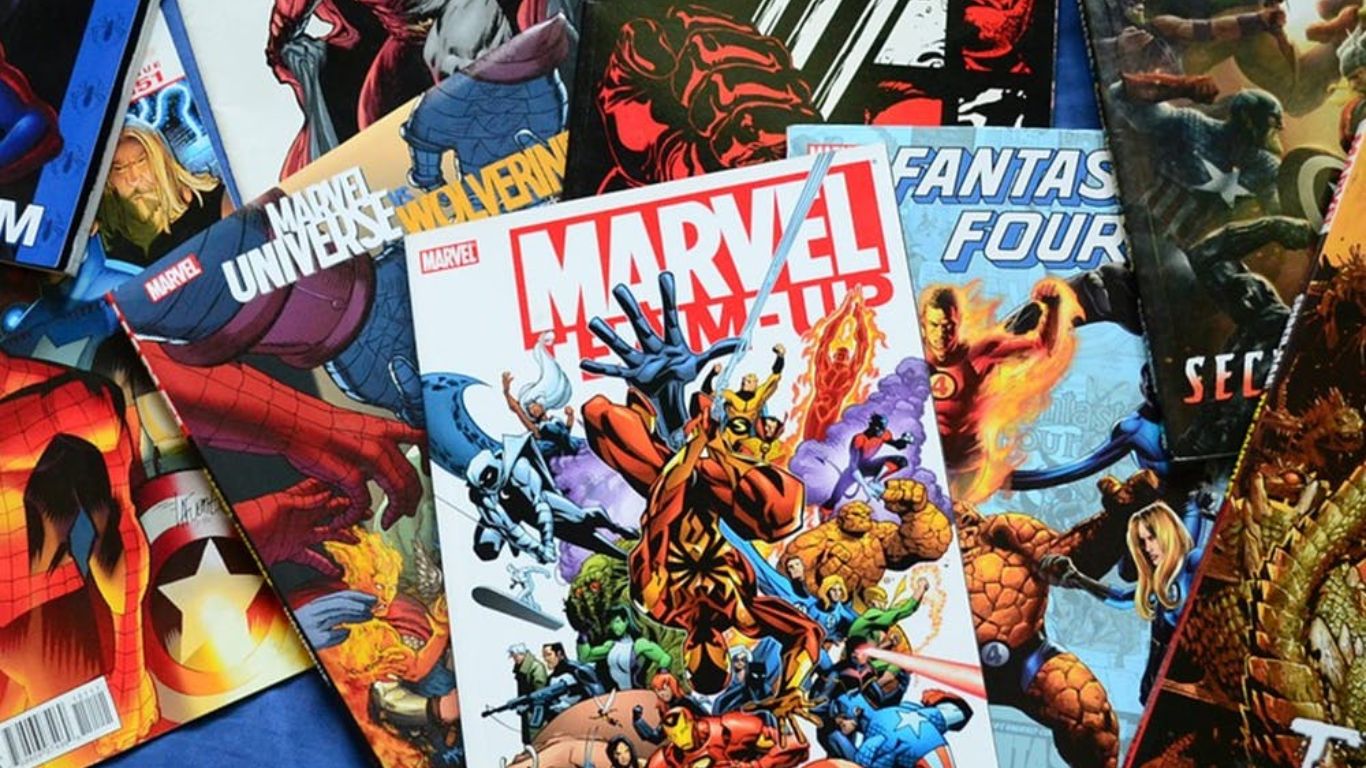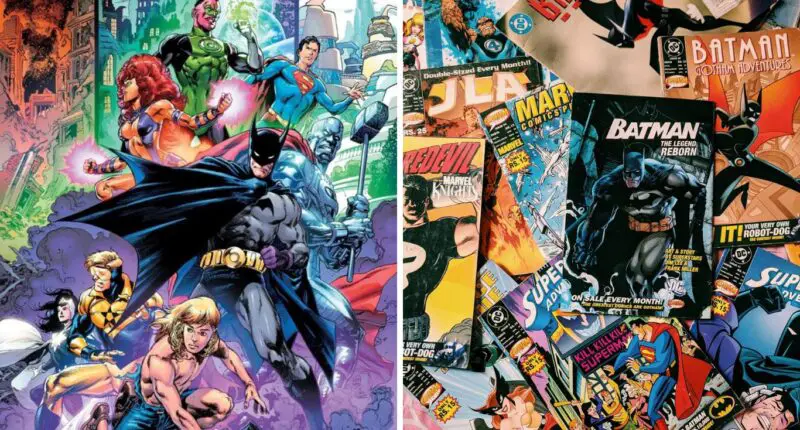Comics and graphic novels are both forms of storytelling that utilize sequential art to convey a narrative. While they may seem similar, there are distinct differences between the two mediums that set them apart. In this article, we will explore 5 basic differences between comics and graphic novels, including their length, format, storytelling techniques, artwork, and target audience. By the end of this article, readers will have a better understanding of the unique qualities of each medium and be able to distinguish between them more easily.
5 Basic Differences Between Comics and Graphic Novels
Length
Comics are often published in serial form and typically consist of a single issue, which may contain a self-contained story or be part of a larger narrative arc. They are usually shorter in length, ranging from a few pages to around 30 pages, and are released on a regular schedule. This format allows comic book publishers to release a steady stream of new content and keep readers engaged with ongoing storylines.
On the other hand, graphic novels are longer and can contain an entire story arc or multiple issues. They are usually published in book form, either as a standalone work or as a collection of previously published comics. Graphic novels can range in length from around 50 pages to several hundred pages and may take months or even years to complete. This format allows for a more in-depth exploration of characters and themes, and often allows for a more complete and satisfying storytelling experience.

Format
Comics and graphic novels differ in the way they are published and presented to readers. Comics are typically published as serials in periodicals, which are usually monthly or bi-monthly publications that feature multiple stories or issues. These periodicals are commonly referred to as “comic books” and are sold in comic book stores, bookstores, and other retail outlets. Each issue of a comic book typically contains a single story or part of a larger story arc, and readers can collect and read multiple issues to follow the ongoing narrative.
At the same time, graphic novels are standalone publications that are often published in book form. They contain a complete story arc or multiple issues collected into a single volume. Unlike comics, graphic novels do not require readers to collect and read multiple issues to follow the story. Instead, they offer a more self-contained and complete reading experience, allowing readers to enjoy the story from beginning to end without interruption.
While comics and graphic novels both use sequential art to tell a story, their different publishing formats give them distinct advantages and disadvantages. Comics are more readily available and offer a regular stream of new content, while graphic novels provide a more complete and satisfying storytelling experience.
Storytelling
Comics and graphic novels differ in the way they structure their stories. Comics often rely on a more episodic format, with each issue containing a self-contained story that may contribute to a larger narrative. This means that each issue of a comic book can be read on its own and still provide a complete story with a beginning, middle, and end. However, the issue may also include references or hints about a larger story arc that is unfolding over the course of multiple issues.
Graphic novels are often more focused on a single overarching story that is told across the entire book. They offer a more complete and continuous narrative, with each chapter or section contributing to the overall story arc. This allows for a more complex and in-depth exploration of characters, themes, and plot elements.
The episodic format of comics is often used to keep readers engaged and interested in ongoing storylines, while the more focused approach of graphic novels allows for a more complete and satisfying storytelling experience.
Artwork
Graphic novels often feature more detailed and intricate illustrations than comics, with a greater emphasis on visual storytelling. This is because graphic novels are typically published in book form and can afford to use more pages and higher quality paper than comics.
In addition, graphic novels may incorporate more advanced storytelling techniques such as panel composition and use of color. Panel composition refers to the way panels are arranged on the page and how they interact with each other to create a sense of movement and pace. Color is another important element of graphic novels, with many artists using color to set the mood and tone of the story or to distinguish between different characters or scenes.

Audience
Comics and graphic novels differ in their target audience and the types of publishers that produce them. Comics are often associated with a younger audience and are typically published by mainstream comic book publishers. These publishers focus on producing comics that are more accessible and appealing to younger readers, with a focus on superheroes, action, and adventure.
Graphic novels on the other hand are often aimed at a more mature audience and may cover more serious or complex themes. They may deal with issues such as social and political commentary, personal relationships, and mental health. As a result, graphic novels are often published by literary publishers as well as comic book publishers, and are frequently recognized for their literary merit and artistic quality.
The more mature themes and content of graphic novels reflect a shift in the comic book industry towards catering to an older and more sophisticated audience. This has led to the development of a separate market for graphic novels that is distinct from the traditional comic book market.
Also Read: 10 Incredible Character Transformations in Classic Literature



